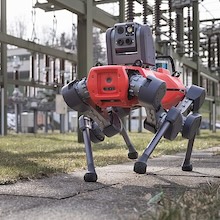
by Susan Keown | May 26, 2024 | ScienceWire
For the University of Washington’s Department of Electrical & Computer Engineering, Wayne Gillam writes about a UW team that examined just why running, walking and jumping are so tough for robots outside of tightly controlled lab environments. Compared to their...
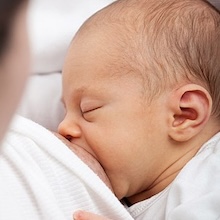
by Susan Keown | May 26, 2024 | ScienceWire
For Washington State University, Sara Zaske writes about new research examining how THC appears in breastmilk when mothers use cannabis. The psychoactive chemical shows up in milk at relatively low levels, the researchers found, but there was no consistent time after...
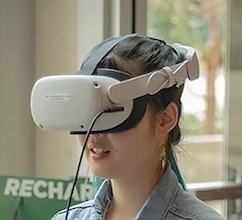
by Susan Keown | May 26, 2024 | ScienceWire
For the University of Oregon, Leila Okhata writes about new virtual reality research that shows how engaging people in stories told via 360-degree video or immersive virtual spaces increases their reported sense of closeness to an environmental problem that is not an...
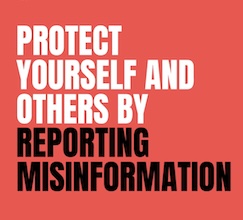
by Susan Keown | May 26, 2024 | ScienceWire
In an opinion piece for Scientific American, Bryn Nelson calls on the scientific community and its allies to expose and counter the extremists who are using a variety of channels to propagate and popularize an interconnected web of conspiracy theories and outright...
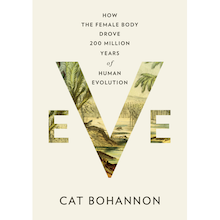
by Susan Keown | Apr 4, 2024 | ScienceWire
New member Cat Bohannon is currently on tour to promote her recent book, “Eve: How the Female Body Drove 200 Million Years of Human Evolution,” which is a sweeping history of the human species viewed through the lens of the female mammalian body. The book offers a...
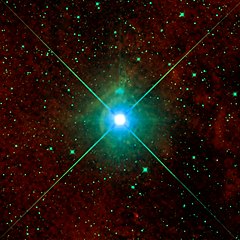
by Susan Keown | Apr 4, 2024 | ScienceWire
In Scientific American, new member Sharmila Kuthunur writes about the frothing, sloshing surface of the red giant star Betelgeuse — the right shoulder of Orion — and new research modeling its unusual, colossal bubbles. She explains how the eruption and subsiding of...







